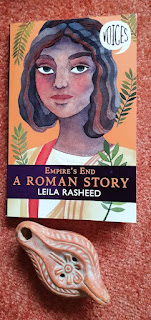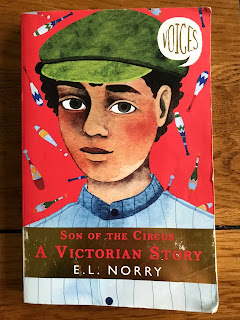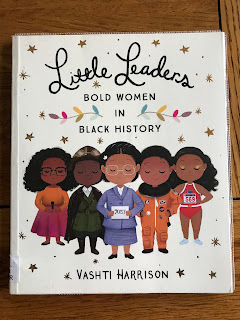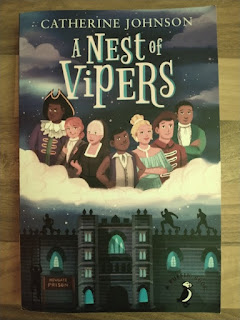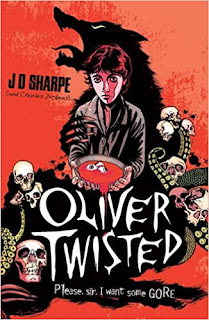For a writer of historical fiction, letters can be gold dust.
Three years ago, I wrote a local
community play, Letters from the Front, to mark the 100th
anniversary of the end of the First World War. The idea was to create a sense
of continuity between the communities of 1918 and 2018 by dramatising stories of
local people who had lived and died in the Great War.
I was extremely lucky that others
had already done a great deal of research into the names on our town war
memorial, so I had plenty of stories to work with, but the thing that really
brought the past to life for us were the letters.
In those days, rather wonderfully,
the local newspaper sometimes reprinted in full letters that had been written by
the men who were away fighting, or in some cases letters from the nurses and
other soldiers who had cared for them as they died. The result was that I was
able to include the actual words written by ordinary people from our town over
100 years ago.
Private Fred Savage, for instance,
wrote to the paper from the Gallipoli campaign (in what is now Turkey) in 1915.
After describing his part in the fighting, his thoughts turned to home:
My best wishes to my old
sporting chums in Teddington and district... I have just been thinking, but for
this beastly war we should in all probability have been enjoying an all-day
match at cricket in Bushy Park tomorrow, but it will be time for that sort of
thing when this match is over.
Sadly, there was no time for ‘that
sort of thing’ for Fred Savage. By the time they printed the letter, Fred was
already dead, aged just 24.
Another poignant letter printed in
the newspaper was all the more unusual because it was written by a German. Mr
and Mrs Charles Mole had only learned in August 1918 that their 19-year-old
son, also called Charles, had died while a Prisoner of War back in March, after
being wounded in action. Generally, that would have been pretty much all the
information they’d be given. However, they then received the most extraordinary
letter. This was reprinted in the paper under the heading, ‘A German Soldier’s Kind Action’:
The following letter, written in a shell funnel
on Good Friday, March 29, 1918 was recently received by Mrs Mole, 82 York Road,
Teddington, whose son, Pte Charles Arthur Mole, died whilst a prisoner of war
in Germany.
The article explains how the letter reached Mrs Mole, and goes on to print the letter in full. The letter is long, so I will just share with you a few extracts. The letter begins:
Dear Family Mole, - Love and a sense
of duty compel me to communicate to you what will be of the greatest interest
to you. I am a German soldier, whose name is H.Weingartner. When our forces
were moving onwards over the battlefields, which had been evacuated by the
English, some of my comrades hit upon three English soldiers, of whom two were
dead already and one still alive.
Private Mole was the soldier still alive. The
letter writer goes on to describe how they tried to help ‘our poor fellow soldier’ whose legs were badly wounded.
After we had bandaged him up and
refreshed him a little by a cup of tea, we carried him on a tent bed to the
main road... We attached a little flag to his bed to direct our sanitary
soldiers’ attention to him when passing by…
H.Weingartner’s letter goes on to describe
how he continued to visit Private Mole when he could over the next hours,
taking tea to him, and saying prayers with him. Communication was difficult as
Private Mole only spoke English, and Weingartner German, but it is clear that
they managed to make themselves understood. The tone of the letter is extremely
compassionate. The next day Private Mole was removed to a field hospital, and
the letter writer never saw him again. He concludes his letter:
This is all I can tell you about
your son. I have asked God to keep and safeguard his young life and grant him a
meeting again with you all. And my sincere and fervent wish is that this letter
will safely reach you, especially in case your son should succumb to his
wounds, and no news about him should ever reach you. …Should your son survive,
which I do hope and pray for, I hope to hear from him later on. May the Lord
soon grant us peace according to His everlasting mercy and grace.
Yours sincerely H.W.
We know that Private Mole didn’t survive but imagine the comfort that this letter must have given his poor parents, knowing that he had been kindly cared for in the last days of his life.
Both these letters bring to life for us the soldiers
of the First World War in a way that few other things can.
When writing historical novels, including letters as part of your story can create a sense of immediacy and help your reader get inside your characters’ heads.
Today, letters have largely been replaced by emails, phone calls and the myriad of other ways we communicate with each other, but it’s important to remember that until thirty years ago, letters were an essential part of life. So not only can letters reveal character, you can also make them crucial to your plot.
In my novel The White Phoenix, set in London in 1666, letters play an important role from the very first chapter. When Lizzie Hopper and her family arrive back at their family bookshop after the plague, expecting to find her father, the very first words uttered by Master Pedley, the bookbinder from next door, concern the letter he claims to have sent:
‘Oh, Mistress Hopper, praise God you have come! Did you get my letter?’
Might things have been different if they had
received his letter, if he’d written earlier?
Later, a letter that Master Pedley claims to
have sent to the Hopper’s valued apprentice Kit also goes astray, but this time
Lizzie takes matters into her own hands and writes to Kit herself. (This of
course meant I had to research all about writing and sending letters in 1666,
but luckily, as the novel is set in a bookseller’s, Lizzie’s letter writing was
believable.)
Kit’s swift response to Lizzie’s letter is one of the first indications that Pedley may not be the helpful neighbour he is made out to be. In The White Phoenix, letters are a crucial part of the plot.
So, next time you are writing a story, don’t forget letters! Think about how you could use them, either as part of the plot or as a way of revealing more about your characters. Some authors have even written books entirely made up of letters! And remember how the letters I have shared above from the First World War create a strong sense of immediacy. This Remembrance Day, maybe you could take whatever you have learned about the First World War, and use it to write a soldier’s letter of your own.
Catherine Randall's debut novel, The White Phoenix, is a thrilling adventure story for 9-14 year olds set during the Great Fire of London. It has been shortlisted for the Historical Association’s Young Quills Award 2021. The White Phoenix is published by the Book Guild and is available from bookshops and online retailers including Waterstones, Bookshop.org and Amazon.
For more information visit www.catherinerandall.com.









